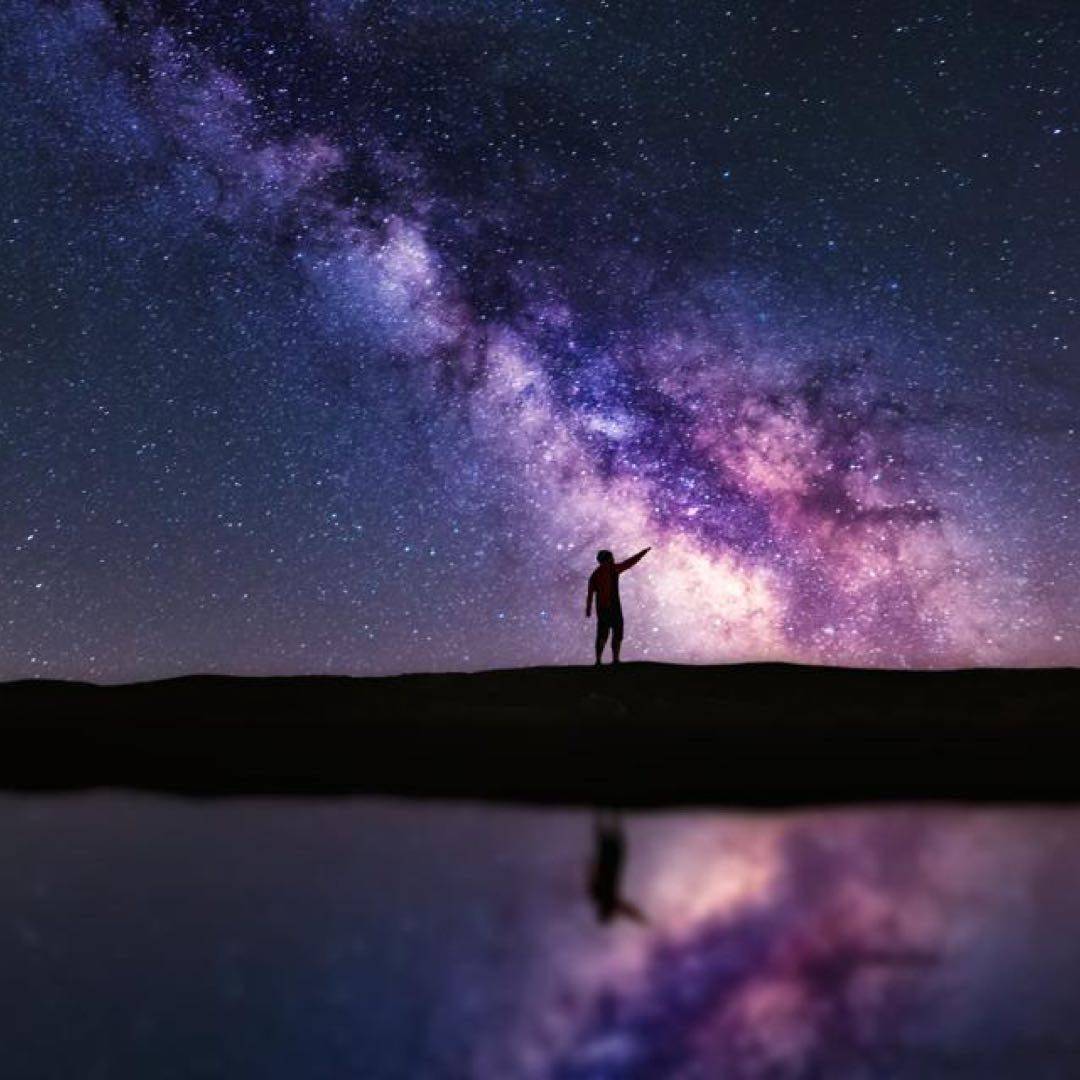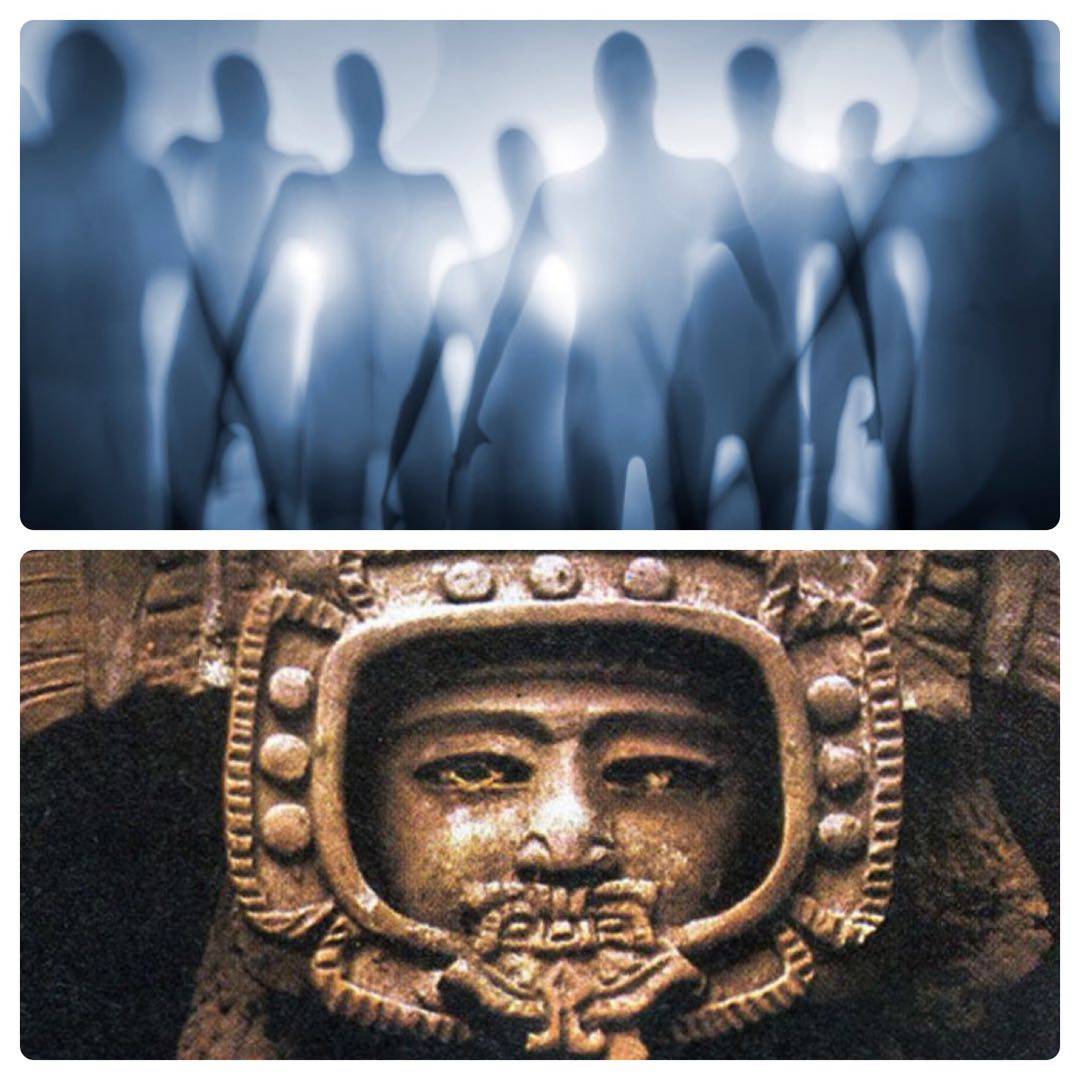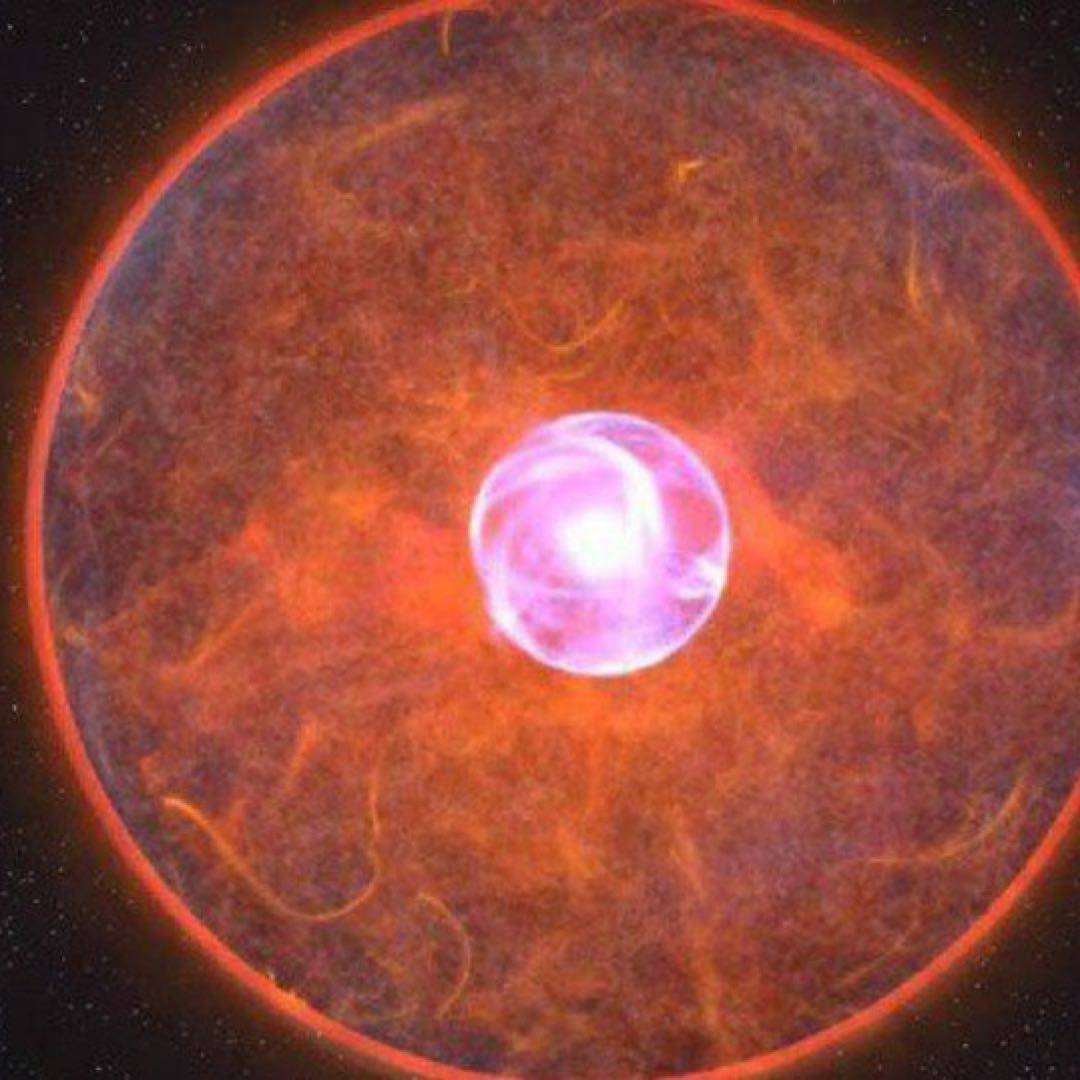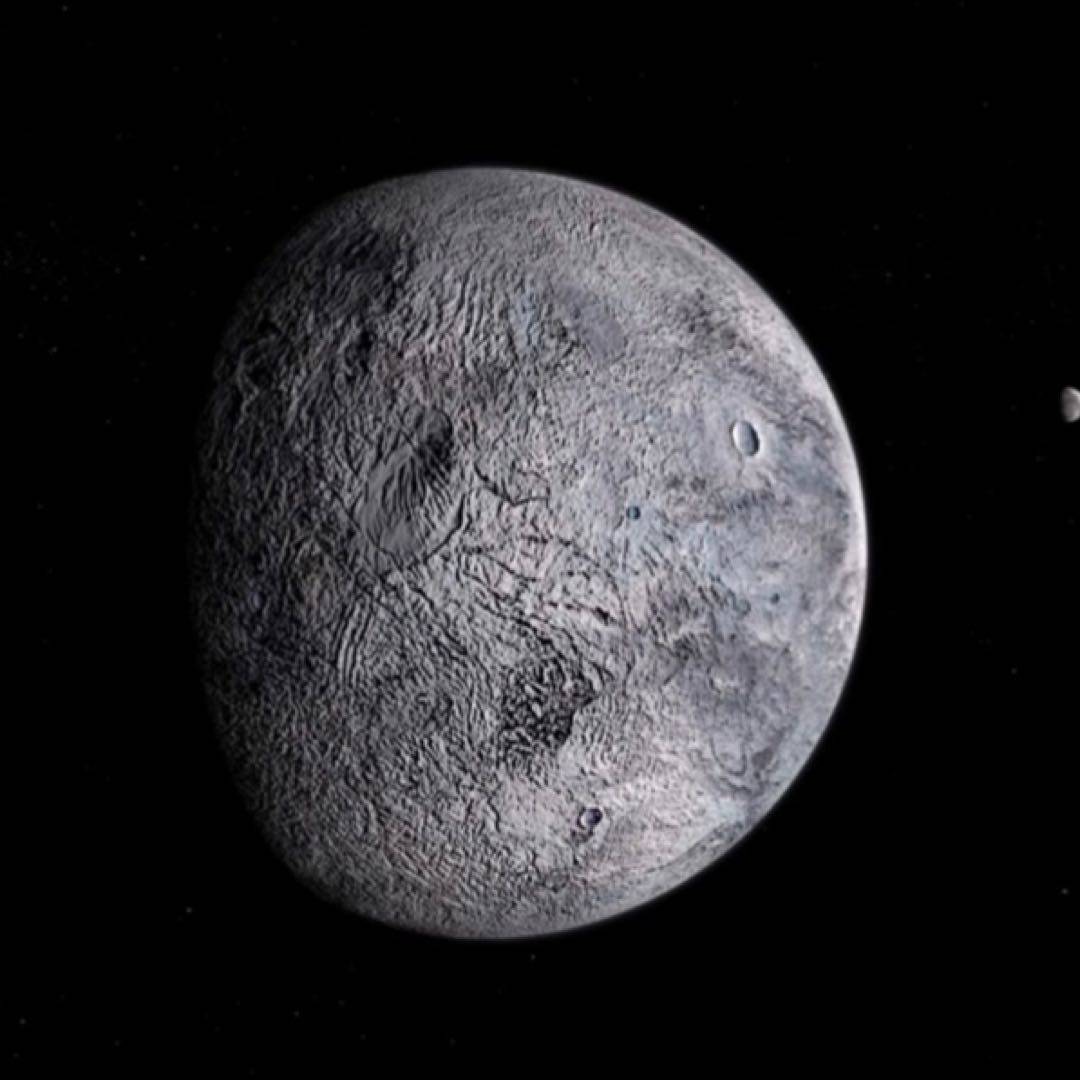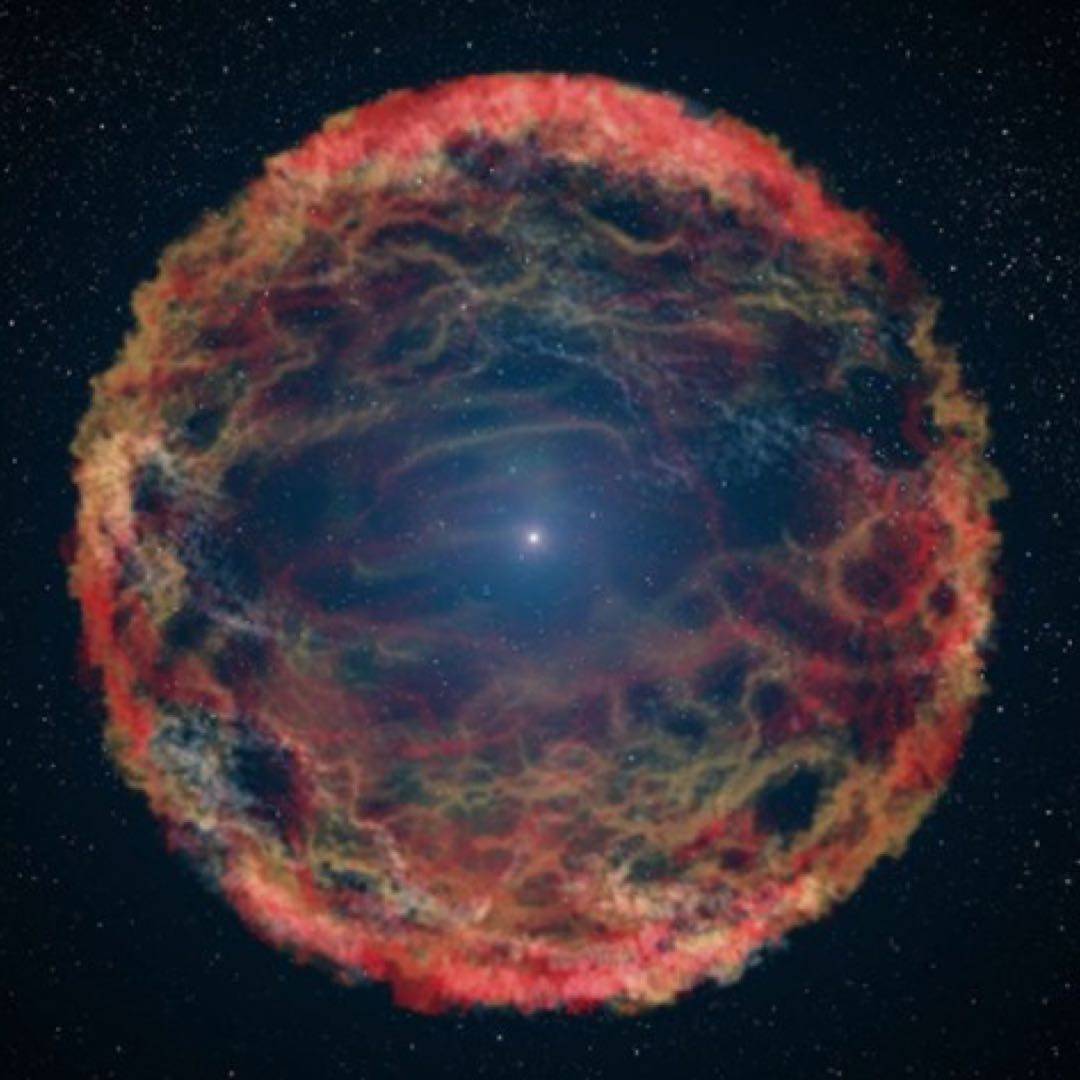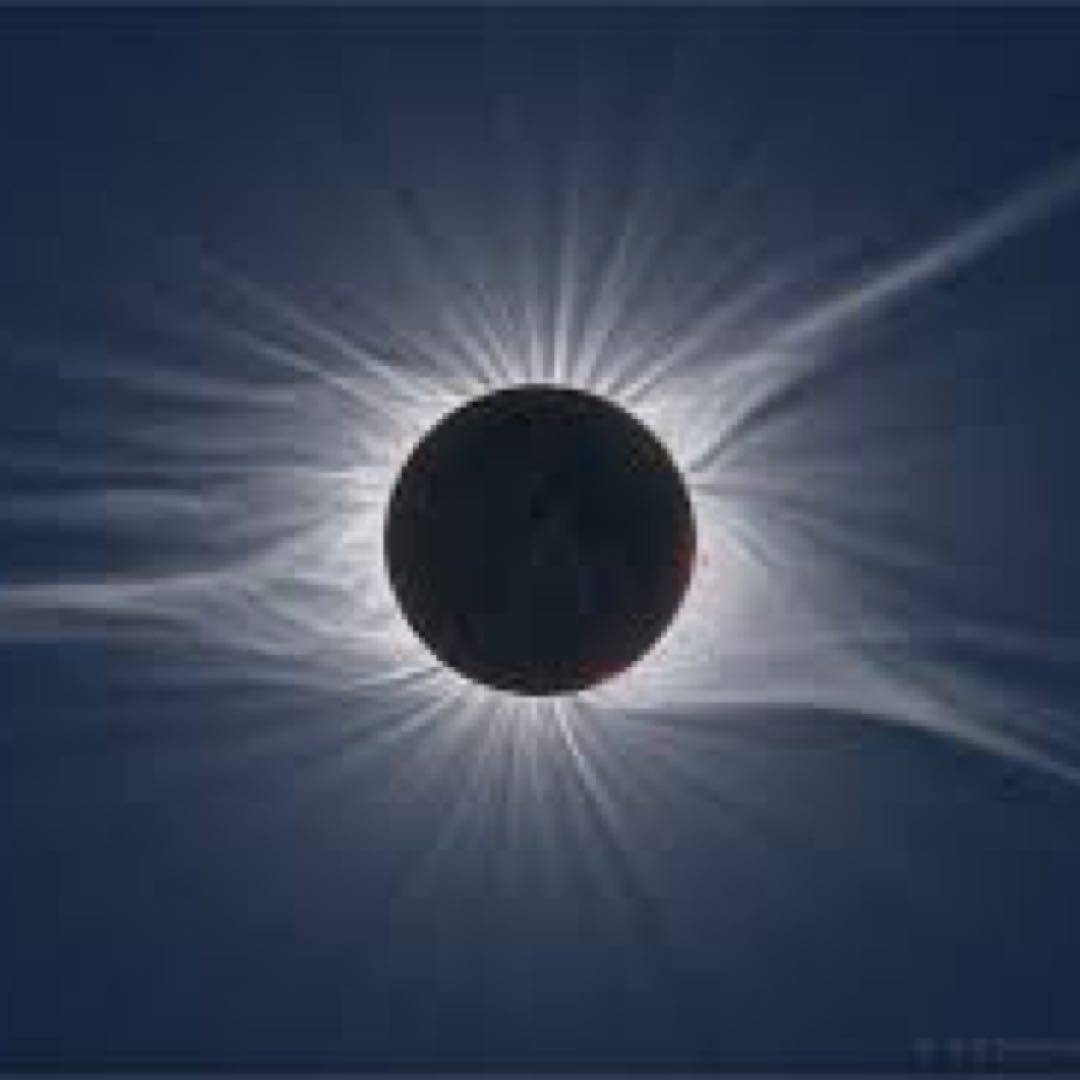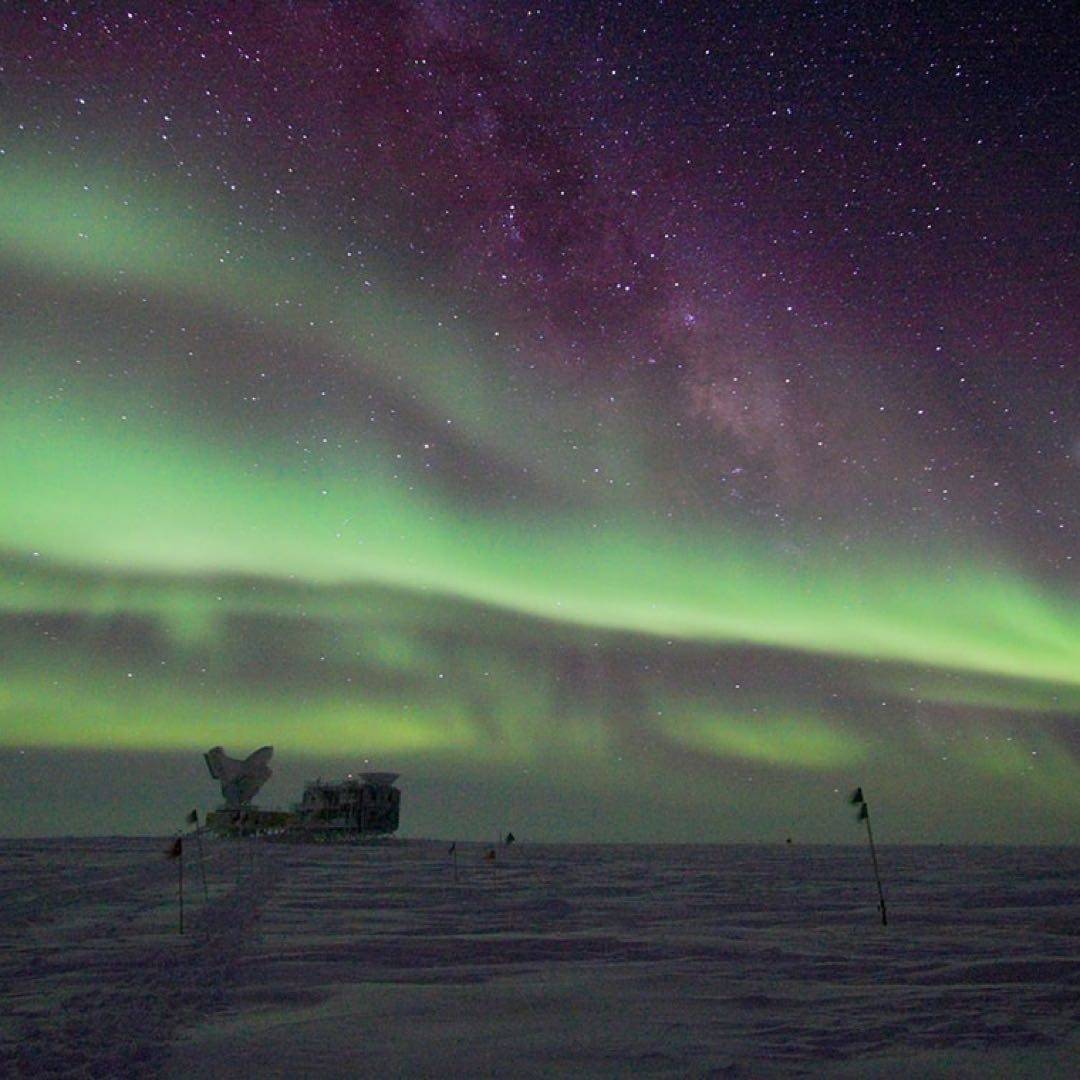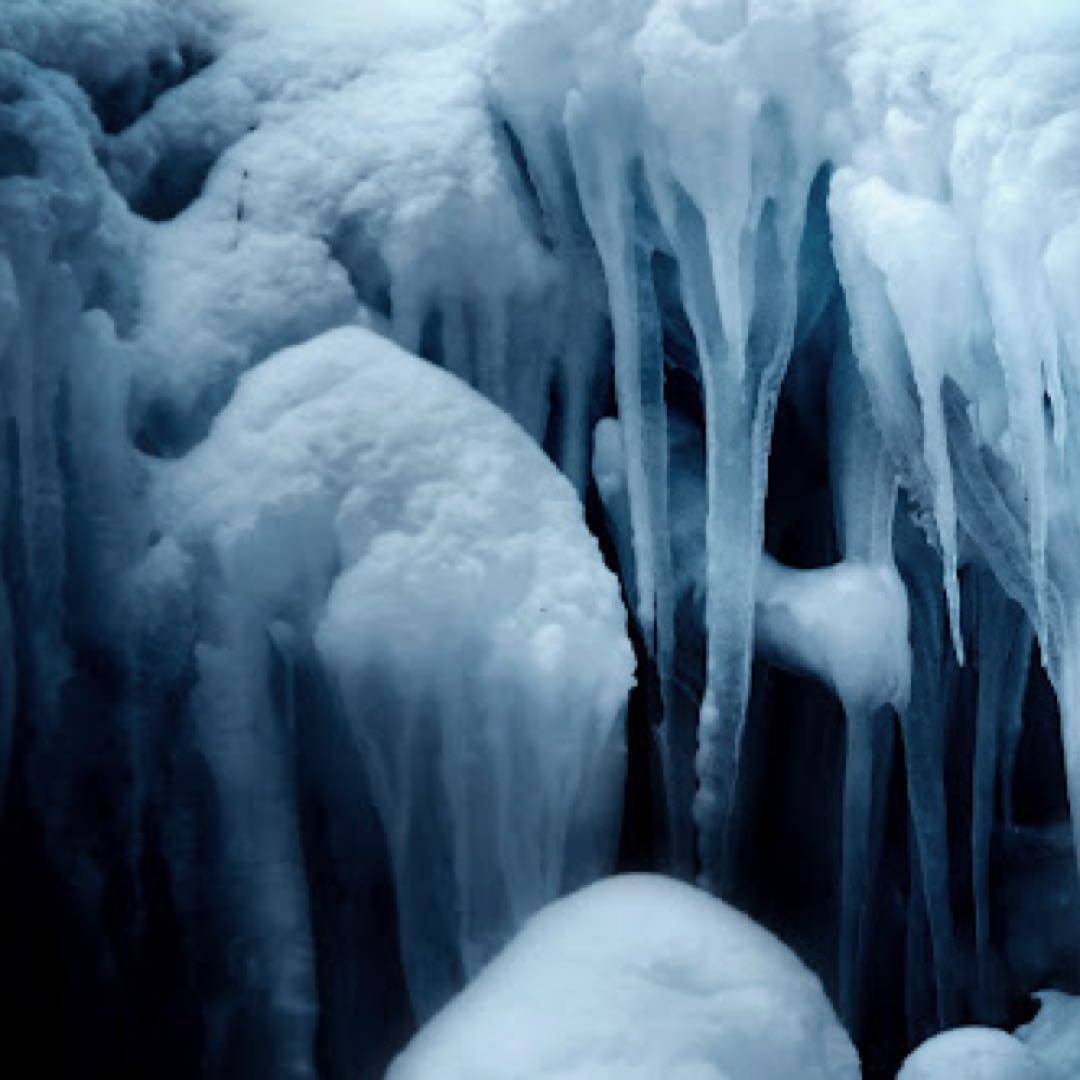
Just started a new book last night and don‘t think I‘ll have it finished by tomorrow….. but, maybe? 🤔 LOL, no I know myself and that won‘t happen lol Anyways, the tagged book is my June pick for the #ReadingBracket2022 @chasjjlee 🙌 Choosing between my May and June pick was a struggle, I loved them both so much! But, I love Kate Quinn, she could rewrite the phone book and I‘d probably preorder it 😂






























